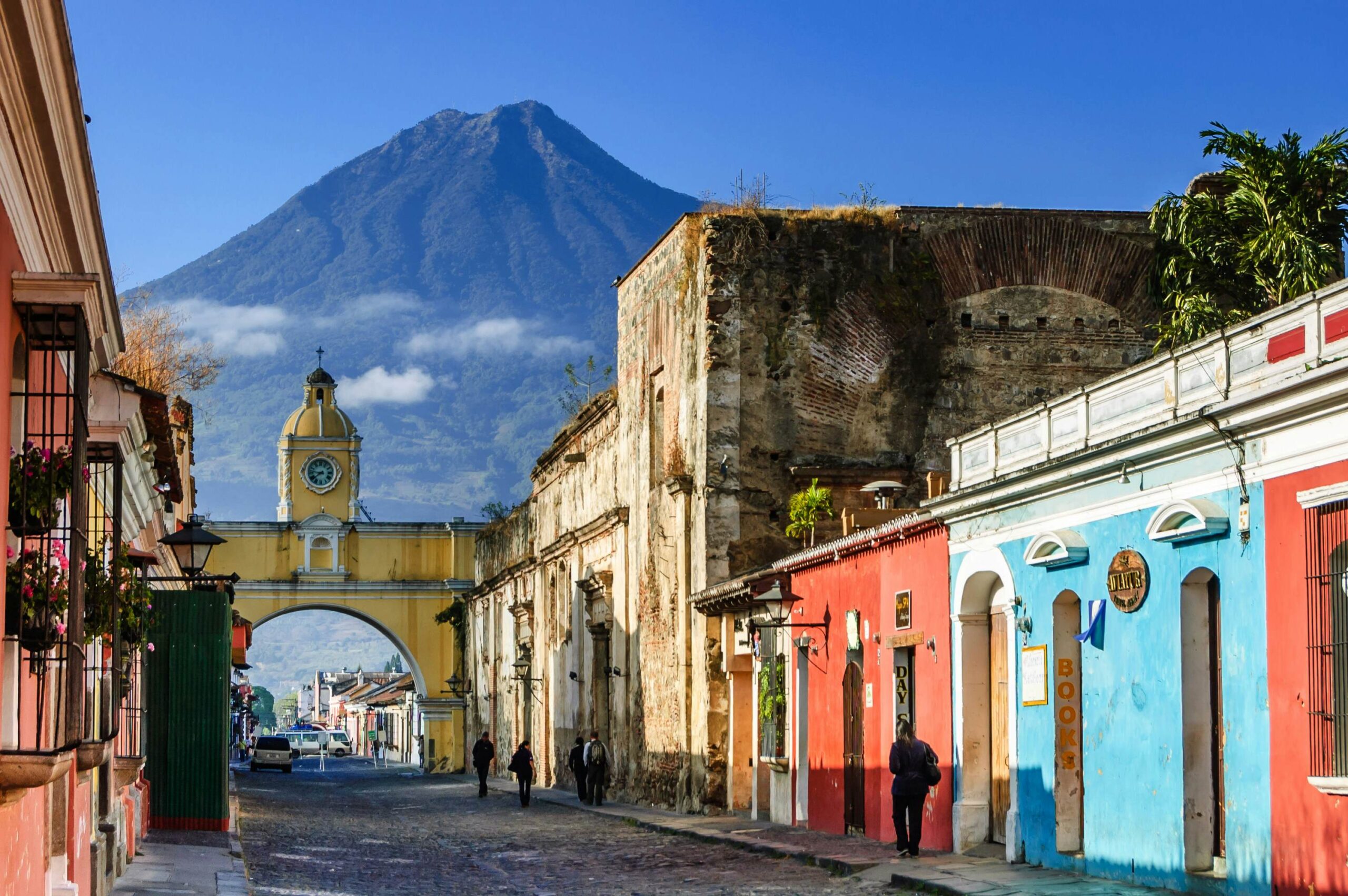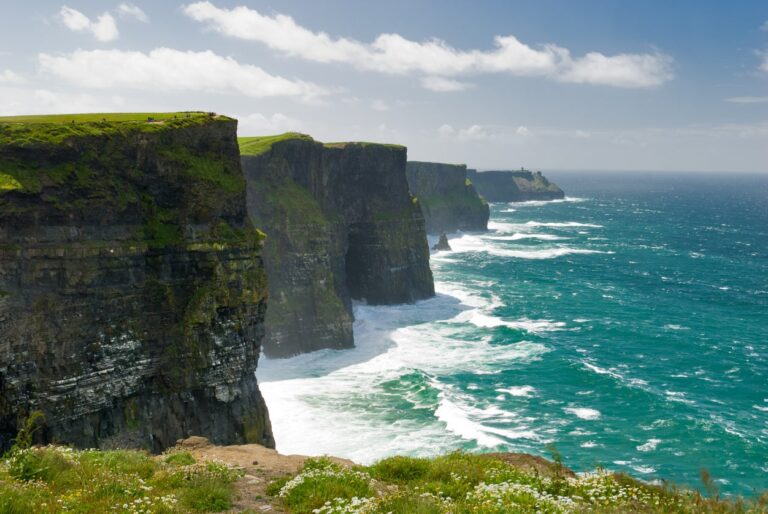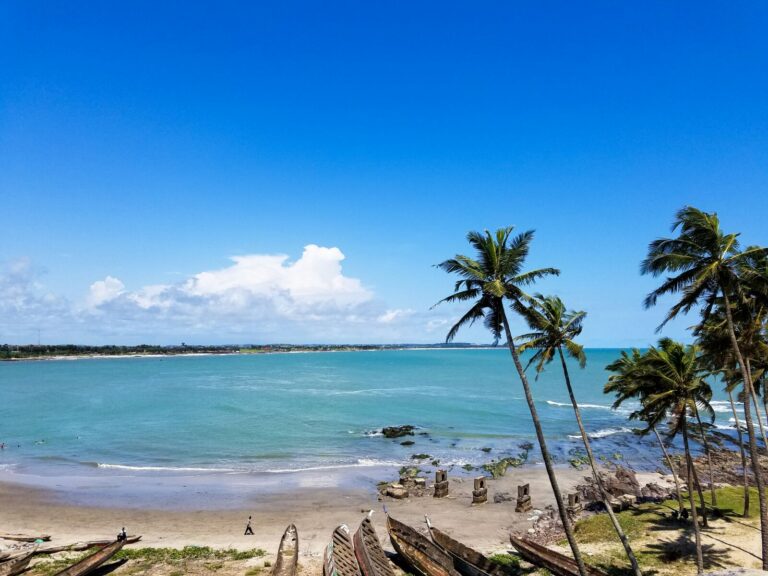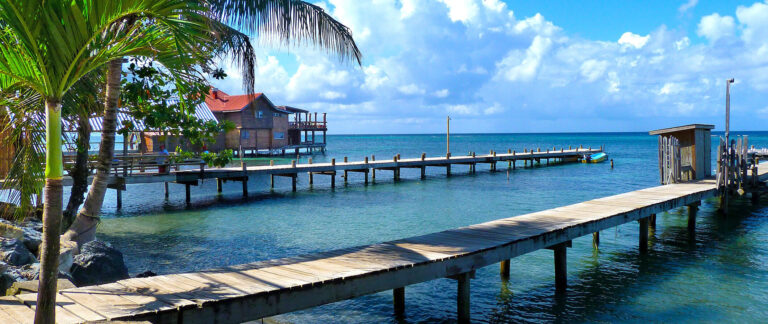Is Guatemala Safe to Travel: Tourism Guide

Travel Safety in Guatemala
Planning a trip to Guatemala requires understanding the current safety landscape and recognizing areas to avoid. Here’s a detailed look at travel advisories and high-risk areas.
Understanding the Travel Advisories
Guatemala has a Level 3 travel advisory from the U.S. Department of State, advising visitors to reconsider travel due to prevalent violent crimes. These include extortion, murder, armed robbery, carjacking, narcotics trafficking, and gang-related activities. Local police often have limited resources to respond effectively to these incidents.
The National Tourist Assistance Program (PROATUR) offers 24-hour emergency assistance to tourists, which can be a valuable resource during your stay. It’s crucial to adhere to guidelines provided by organizations like the Department of State and utilize available safety resources.
Key advisory points include:
- Avoid displaying valuables, such as expensive jewelry or large amounts of cash.
- Refrain from using your mobile devices in public.
- Use vetted and radio-dispatched taxis instead of hailing them on the street.
- Exercise caution during demonstrations and avoid large gatherings.
For more information on travel safety to nearby destinations, you may also check out our articles on is it safe to travel to costa rica and is belize safe to travel.
High-Risk Areas in Guatemala
Travelers should be aware of specific high-risk areas within Guatemala. U.S. government personnel and their families are prohibited from traveling to certain regions due to the high incidence of crime. These areas include:
| High-Risk Areas | Notable Concerns |
|---|---|
| San Marcos Department | High crime rates, drug trafficking |
| Huehuetenango Department | Lack of effective police presence, gang activities |
| Zone 18, Guatemala City | Frequent violent crimes |
| Villa Nueva, Guatemala Department | Prevalent criminal activities |
It’s advisable to request security escorts when traveling in groups to these high-risk zones. Furthermore, demonstrations in response to political or economic issues are frequent, so exercising caution is imperative.
For those visiting Tikal, consider flying to Flores instead of driving through the Guatemalan border with Mexico due to narco-related homicides in the area (Travel.State.Gov). Additional safety measures include checking with PROATUR for updates and avoiding known high-risk areas.
This trip can be an exciting adventure if well-prepared. To ensure a safe experience, follow the guidelines and stay informed about potential risks. For tips on traveling safely in similar destinations, explore our articles on is it safe to travel to mexico and is it safe to travel to egypt.
Safety Measures for Tourists
Travel Advisory Guidelines
Guatemala has a Level 3 travel advisory, urging visitors to reconsider travel due to prevalent violent crimes such as extortion, murder, armed robbery, carjacking, narcotics trafficking, and gang activities (Travel.State.Gov). Local police often have limited resources to respond effectively to criminal incidents. It’s essential to stay informed about these advisories to ensure you remain safe throughout your visit.
The U.S. government advises its personnel and family members against personal travel to certain high-risk areas within Guatemala due to safety concerns (Travel.State.Gov). Similarly, travelers are advised to exercise caution and follow updated travel advisories. For more details on how to navigate safety measures in other countries, consider reading is it safe to travel to the dominican republic.
| Risk Level | Advisory Description |
|---|---|
| Level 1 | Exercise normal precautions |
| Level 2 | Exercise increased caution |
| Level 3 | Reconsider travel |
| Level 4 | Do not travel |
Travelers visiting the Guatemalan border with Mexico should consider flying to nearby Flores when visiting Tikal due to narco-related homicides in the region (Travel.State.Gov).
Security Escort Recommendations
For added security, especially in high-risk areas, it’s recommended to request security escorts. Demonstrations in response to political or economic issues are frequent, and visitors should be mindful of international financial scams noted by the Department of State and the FBI (Travel.State.Gov).
In Guatemala, the National Tourist Assistance Program (PROATUR) offers 24-hour emergency assistance to tourists. Leveraging such services ensures an additional layer of security throughout your travels. Gathering in groups as opposed to traveling alone can also significantly enhance your safety.
For specific tips on how to further protect yourself and enjoy a secure trip, look at our related pages such as is cancun safe to travel and is peru safe to travel to.
| Security Measure | Description |
|---|---|
| Security Escorts | Recommended in high-risk areas |
| Group Travel | Safer than traveling alone |
| PROATUR | 24-hour emergency assistance for tourists |
| Avoid High-Risk Areas | Follow travel advisories and avoid designated unsafe regions |
These safety measures are essential for a secure and enjoyable trip. Always stay vigilant and informed to make the most of your travels in Guatemala. For more travel safety insights, explore related topics like is cuba safe to travel and is costa rica safe to travel.
Transportation Tips in Guatemala
Travel safety in Guatemala requires awareness of transportation options and potential risks. Understanding the various modes of transport can significantly enhance your travel experience.
Using Local Transport
Guatemala has an extensive and inexpensive public transport system, with buses being the main form of mass transportation due to the limited rail network (Lonely Planet). There are two primary types of buses you will encounter: first-class coaches and second-class “chicken buses.”
First-Class Coaches
First-class coaches offer a more comfortable and safer travel experience for tourists. They are equipped with air conditioning, reclining seats, and sometimes even onboard bathrooms.
| Feature | First-Class Coaches |
|---|---|
| Comfort | High |
| Safety | High |
| Cost | Moderate |
Chicken Buses
Chicken buses, remodeled US school buses, are known for their colorful and vibrant appearances. They are an affordable option for travelers, though they can be uncomfortable for long journeys. Caution is advised as opportunistic theft can occur.
| Feature | Chicken Buses |
|---|---|
| Comfort | Low |
| Safety | Moderate |
| Cost | Low |
In some areas, minibuses called microbuses provide a more comfortable ride at a higher fare. These microbuses typically follow paved roads between major towns or run on local routes in larger cities. They offer more legroom and a smoother ride compared to traditional chicken buses.
| Feature | Microbuses |
|---|---|
| Comfort | Moderate |
| Safety | Moderate |
| Cost | Moderate |
Tourist Transportation Options
Tourist shuttles are a preferred choice for many travelers exploring Guatemala. These small vans or minibuses offer quick transfers between major tourist destinations. Although more expensive than chicken buses, they provide comfort, convenience, and the opportunity to interact with fellow travelers.
Tourist Shuttles
Tourist shuttles are particularly advantageous for traveling between popular locations like Antigua, Lake Atitlán, and Tikal. These services also extend across borders to destinations in Mexico, El Salvador, and Honduras.
| Feature | Tourist Shuttles |
|---|---|
| Comfort | High |
| Safety | High |
| Cost | High |
For those who prefer driving, car rentals are available. However, it is essential to exercise caution when driving in Guatemala due to factors like reckless driving, road conditions, and visibility issues, especially at night (Lonely Planet).
When traveling in Guatemala, always be aware of your surroundings and secure your belongings. For additional travel safety tips, check out our guides on is it safe to travel to mexico and is it safe to travel to jamaica.
Health Precautions for Travelers
When considering is Guatemala safe to travel, understanding health precautions is essential. Ensuring you are well-prepared can help make your trip safer and more enjoyable.
Vaccination Recommendations
Guatemala has specific vaccine recommendations for travelers to guard against various diseases. Here are the key vaccinations to consider:
| Vaccine | Recommended For |
|---|---|
| Hepatitis A | All travelers |
| Hepatitis B | Travelers who might have contact with blood or body fluids, such as travelers needing medical care |
| Measles-Mumps-Rubella (MMR) | All travelers 12 months or older who are not immune |
| Rabies | Travelers involved in outdoor and other activities in remote areas |
| Chikungunya | Travelers one year old or older who have not been vaccinated within the last 5 years |
The Centers for Disease Control and Prevention (CDC) strongly recommends these vaccinations (CDC). Hepatitis A and B vaccines are particularly important, as these diseases are widespread in Guatemala. If you haven’t been vaccinated against measles, the MMR vaccine is necessary due to increasing global cases.
Rabies vaccination is advised for those staying for extended periods or venturing into rural areas where exposure to animals is more likely. Lastly, the chikungunya vaccine is recommended as there has been evidence of virus transmission within the last five years.
Disease Prevention Advice
In addition to vaccinations, disease prevention measures are crucial for maintaining your health during your trip to Guatemala. Below are essential guidelines to follow:
Malaria Prevention
Malaria is present in certain areas of Guatemala. Travelers are advised to take prescription medication to prevent malaria. Consult your healthcare provider to get the appropriate medications and follow the recommended dosage before, during, and after your trip (CDC).
Mosquito-Borne Diseases
Aside from malaria, other mosquito-borne diseases such as dengue and chikungunya are prevalent. To reduce the risk, use insect repellent, wear long sleeves and pants, and sleep under mosquito nets if rooms are not adequately screened. Additionally, consider staying in accommodations with air conditioning.
| Disease | Preventative Measure |
|---|---|
| Malaria | Prescription medication (consult healthcare provider) |
| Dengue/Chikungunya | Insect repellent, protective clothing, mosquito nets |
General Precautions
- Water Safety: Drink only bottled or purified water. Avoid ice that may be made from tap water.
- Food Safety: Eat at reputable establishments and ensure food is thoroughly cooked. Wash fruits and vegetables with treated water.
- Hygiene Practices: Wash hands frequently with soap and water or use hand sanitizer.
- Emergency Assistance: Be aware of the Guatemala National Tourist Assistance Program (PROATUR), which provides 24-hour emergency assistance and security.
By following these health precautions and vaccination recommendations, you can better ensure your safety while exploring Guatemala. For additional insights and safety tips, you can read about similar destinations: is it safe to travel to colombia and is brazil safe to travel.
Safe Zones in Guatemala City
When it comes to exploring Guatemala City, being aware of the safest zones can enhance your travel experience and provide peace of mind. Here are the recommended areas to visit and zones you should avoid.
Recommended Areas to Visit
Guatemala City offers several zones that are considered safe for tourists. These areas typically have a robust police presence and offer various amenities.
| Safe Zones | Highlights |
|---|---|
| Zone 4 | Known for its vibrant cultural scene, cafes, and art galleries. |
| Zone 9 | Central business district, ideal for business travelers, with numerous hotels and restaurants. |
| Zone 10 | Considered the safest zone, featuring upscale hotels, shopping centers, and dining options. |
In Zone 10, also known as “Zona Viva,” tourists can find a lively atmosphere with plenty of entertainment options. The area is highly recommended for its combination of safety and amenities. Personal experiences have shown that walking in Zone 10, even late in the evening, generally feels secure.
Zone 1, the historical center of Guatemala City, also merits a visit. Despite being a high-traffic tourist area, it has a significant police presence that maintains relative safety during the daytime. Key attractions like the National Palace and the Metropolitan Cathedral are must-sees (ALIKI TRAVEL BLOG). However, visitors should remain cautious of pickpockets and avoid wandering alone late at night.
Zones to Avoid
While Guatemala City has its safe areas, it also has zones that are best avoided due to higher crime rates and reduced police presence.
| Zones to Avoid | Reasons |
|---|---|
| Zone 3 | High crime rate, reports of muggings and limited police patrols. |
| Zone 7 | Known for gang activity and lacking safety measures for tourists. |
| Zone 18 | Considered highly dangerous with frequent reports of violent crime. |
| Zone 19 | Notorious for drug-related activities and high levels of violence. |
These areas should be avoided, especially if you are unfamiliar with the city. The risks associated with these zones include theft, muggings, and in some cases, more severe crimes (Wikipedia).
Ensuring your safety while visiting Guatemala City involves choosing the right areas to explore. Stick to the recommended zones like Zones 4, 9, and 10, and take extra precautions when visiting the historical center in Zone 1. For more comprehensive travel safety tips, you can explore other regions through our guides, such as is it safe to travel to Colombia and is it safe to travel to Mexico.
Cultural Awareness and Etiquette
Dealing with Authorities
When interacting with authorities in Guatemala, it’s crucial to approach situations with respect and awareness. The local authorities are generally helpful, but there is a known issue of corruption. It’s essential to follow the law strictly and avoid engaging in activities that could be perceived as unethical, including offering bribes or paying for facilitation.
If you find yourself in a situation where you need assistance from the police or other officials, maintain a polite and respectful demeanor. It’s advisable to carry copies of your identification documents and keep the originals in a safe place. Understanding a few phrases in Spanish can also be helpful in smooth communication.
For more information on the safety of traveling to other destinations, check out our articles on is it safe to travel to Mexico and is it safe to travel to Egypt.
Social Interaction Guidelines
Navigating social interactions in Guatemala requires a basic understanding of local customs and etiquette. In more touristic areas like the island of Flores or Antigua Guatemala, socializing and partying can be safe when done in groups and with caution. However, being cautious of drunk individuals who might cause trouble is advisable.
When greeting locals, a friendly “Hola” or “Buenos días/tardes” is appreciated. Guatemalans are generally warm and welcoming, but it’s important to be mindful of body language and personal space. Handshakes are common in formal settings, while a light hug or kiss on the cheek may be customary among friends.
Here are some tips for social interaction:
- Respect Personal Space: Guatemalans value personal space, especially in rural areas.
- Dining Etiquette: Wait to be seated and begin eating until the host says “Buen provecho.”
- Dress Modestly: In more conservative areas, dressing modestly is a sign of respect.
- Use Titles: Address individuals with their professional or honorific titles when applicable.
For more detailed guidance on cultural norms in other travel destinations, visit our articles on is it safe to travel to Colombia and is it safe to travel to Turkey.
By understanding and respecting the cultural norms and etiquette in Guatemala, you can enjoy a safer and more rewarding travel experience.






